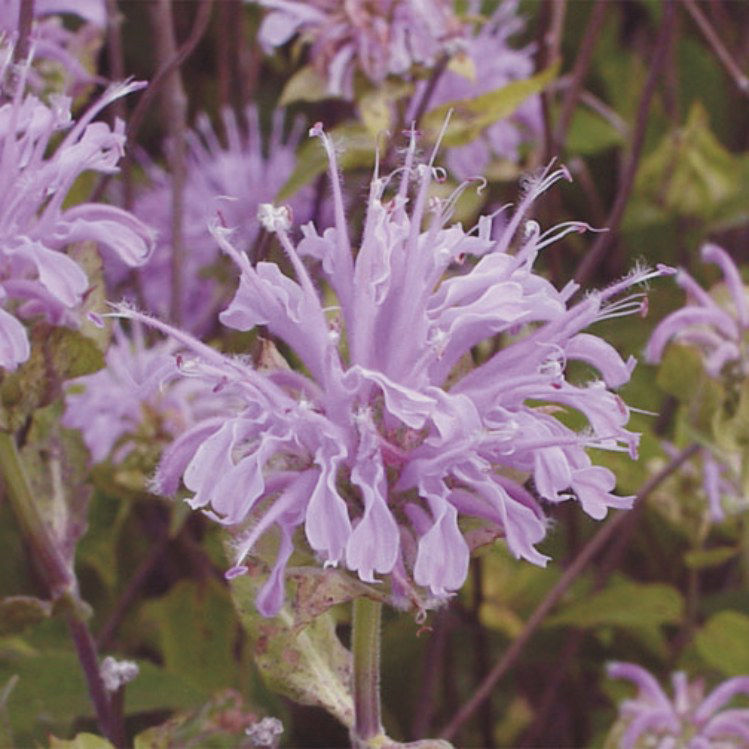

You can protect your bee balm from powdery mildew by avoiding overhead watering and by pruning for good air flow. Powdery mildew is really the only problem that occurs with bee balm. Simply cover the area with mulch and it will be back when temperatures warm. On the flip side of the calendar, your bee balm plant may die back to ground level in the winter, but don’t panic.
Bee balm plant winter care full#
In most regions, bee balm prefers full sun, but scorching California summers can sometimes be a bit much, so you may want to place your bee balm in where it will be protected from direct sunlight in the hottest part of the day. Plants should be spaced two feet apart, and the planting hole should have some compost worked into it, to a depth of 12 to 15 inches. Bee balm, also known as monarda, Oswego tea, horsemint, and bergamont, is a member of the mint family that produces vibrant, wide summer flowers in white, pink, red, and purple.It is prized for its color and its tendency to attract bees and butterflies.It can spread quickly, though, and requires a bit of care to keep it under control. Bee balm can be planted in spring or fall. It is easiest to buy bee balm plants from a reputable seller, or, if you know someone with an established plant, you can ask them to share some with you the next time they are dividing their plants. Some varieties can tolerate more dryness than others, so do your homework. If enough moisture is present, bee balm can overtake an area.

From midsummer to early fall, colourful, crown-shaped flowers will attract beneficial bees, but that's not all. A member of the mint family, bee balm produces fragrant, spicy foliage that deer and rabbits detest but local pollinators can't resist. These native species will feel right at home in your gardenĮach easy-care variety in our new Bee Balm Collection was bred from native North American species and is winter hardy in zones 3-9. Bee balm, or Monarda, has been a staple of North American gardens for centuries, and now you can add a rainbow of bee balm blooms to your borders and beds. For those who grow and love it, it can be a cut flower, home cure and even a tasty tea. This old-fashioned flower is much more than just a pretty face.


 0 kommentar(er)
0 kommentar(er)
